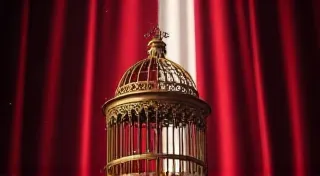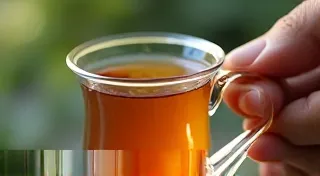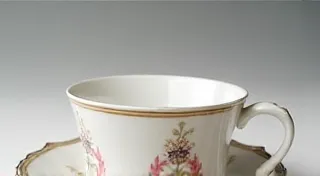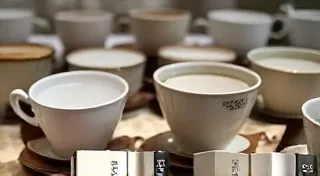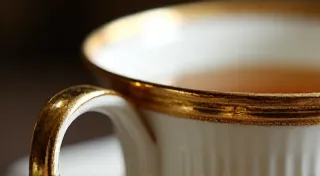Worcester Tea Cups: History and Identifying Features
Worcester porcelain, renowned for its delicate beauty and intricate designs, has captivated collectors for centuries. This article will delve into the fascinating history of Worcester tea cups and provide a guide to help you identify authentic pieces and understand their value. Understanding the history and marks is key to successful collecting.
A Brief History of Worcester Porcelain
The story of Worcester porcelain begins in 1751, when Dr. John Flight established a factory in Worcester, England. Inspired by Chinese porcelain, Flight aimed to produce a similar product locally. Early pieces, known as "soft-paste" porcelain, were initially rather crude, but experimentation and refinement led to increasingly sophisticated wares. The factory underwent several changes in ownership and partnerships throughout its history, most notably with the influential Thomas Attwood and later, with Royal Worcester becoming a powerhouse in the British porcelain industry.
The factory’s innovation continued. They pioneered techniques like hand-painted floral designs and the "Worcester Gruel" glaze, a distinctive creamy, almost translucent glaze that became a hallmark of the brand.
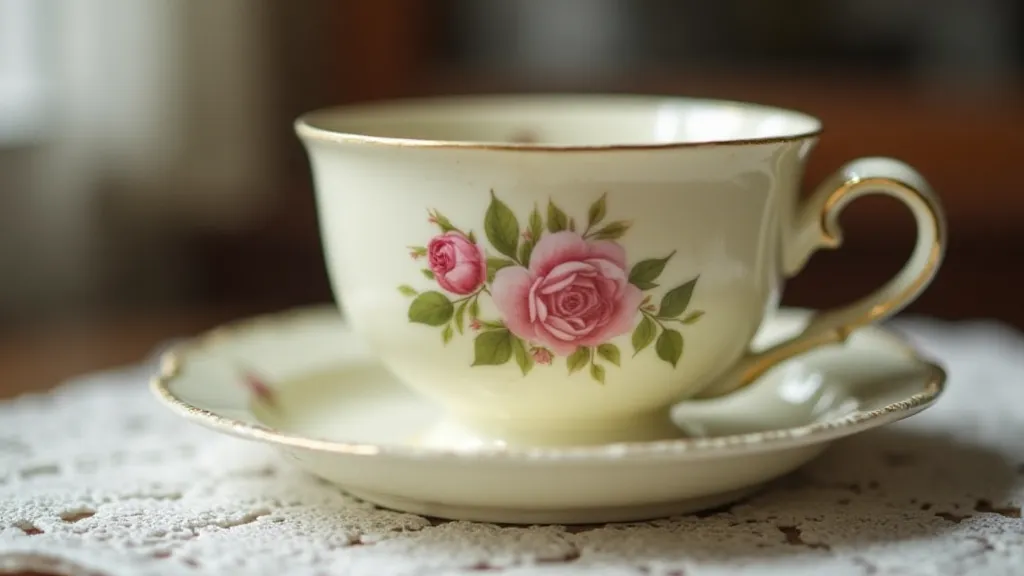
Identifying Features of Worcester Tea Cups
Identifying genuine Worcester tea cups involves examining several key characteristics:
Marks & Backstamps
Worcester marks evolved significantly over time. Early marks were often simple dots, dashes, or numerals. As the factory matured, more elaborate marks were introduced, often incorporating the name "Worcester" and sometimes the names of the owners or managers.
- Early Marks (1751-1788): These are incredibly rare and typically consist of one or two dots or dashes. Authenticity requires expert confirmation.
- Numerical Marks (1788-1862): A system of numerals indicated the year of manufacture. This is a relatively reliable dating method, but fakes exist.
- "Worcester" Marks (1862 onwards): These marks are more common and often include the name "Worcester" and sometimes the Royal Arms.
- Shape and Style Certain periods are recognized for distinct shapes - the 'Japanese taste' pieces, for example, are easily distinguished.
Important Note: Counterfeit Worcester marks are common. Always research marks carefully and compare them to reliable reference materials. A magnifying glass is your friend! The position of marks can also provide clues to authenticity.
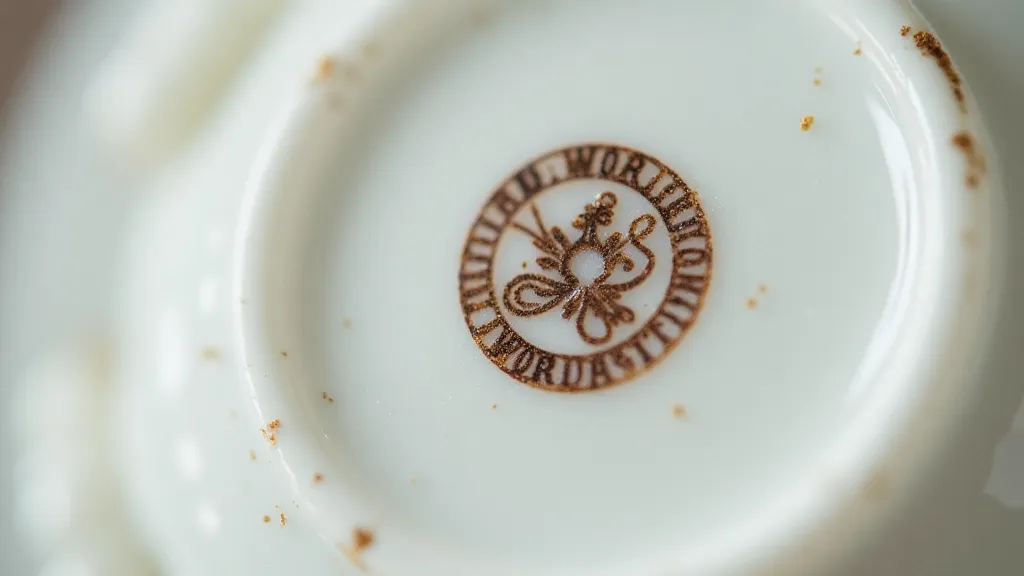
Glaze and Body
Worcester’s distinctive glaze is a crucial identifier. Early glazes were often creamy and translucent ("Worcester Gruel"). Later glazes became whiter and more opaque. The body of the porcelain is also important – genuine Worcester is typically fine and thin.
Decoration
Early Worcester pieces featured simple floral designs, often inspired by Japanese Imari ware. Later pieces showcased more elaborate and detailed scenes. The quality of the painting is a good indicator – early hand-painted pieces often display a charming, slightly imperfect quality.
Popular Worcester China Patterns
Several Worcester china patterns are particularly sought after by collectors:
- Hayduck (circa 1765-1775): Known for its vibrant colors and Japanese-inspired designs.
- Astle (circa 1775-1783): Characterized by delicate floral arrangements.
- Flight and Barr (various periods): A long-running partnership known for a wide range of styles.
- Royal Worcester (late 19th and 20th centuries): Royal Worcester offers a wide range of beautiful patterns, many of which are collectible.
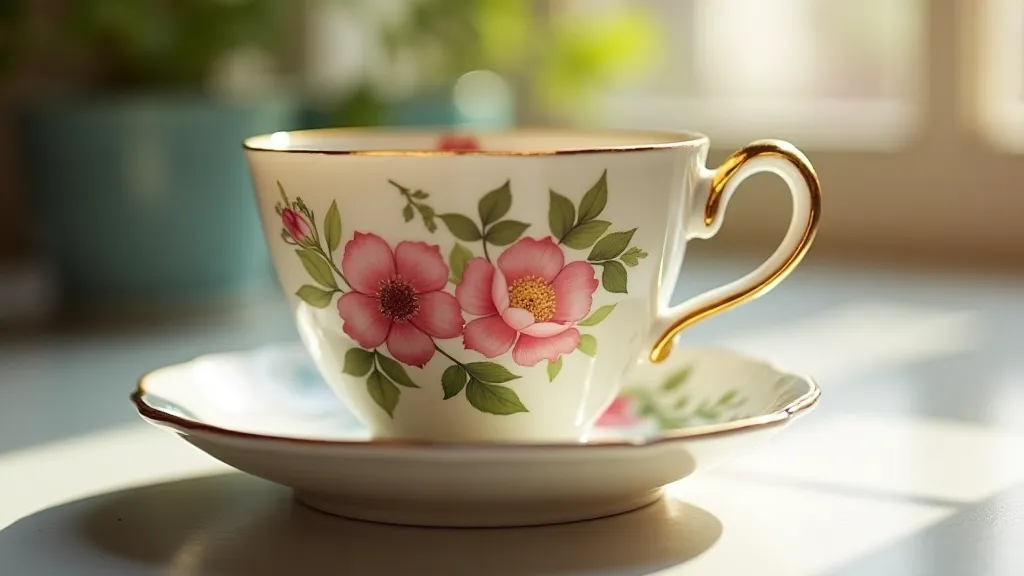
Conclusion
Collecting antique Worcester tea cups can be a rewarding hobby. By understanding the history, identifying features, and common marks, you can build a valuable and beautiful collection. Remember that careful research and a keen eye for detail are essential for any serious collector.
